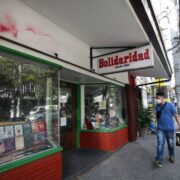Christmas decor shopping: Beat the rush or risk the bust?
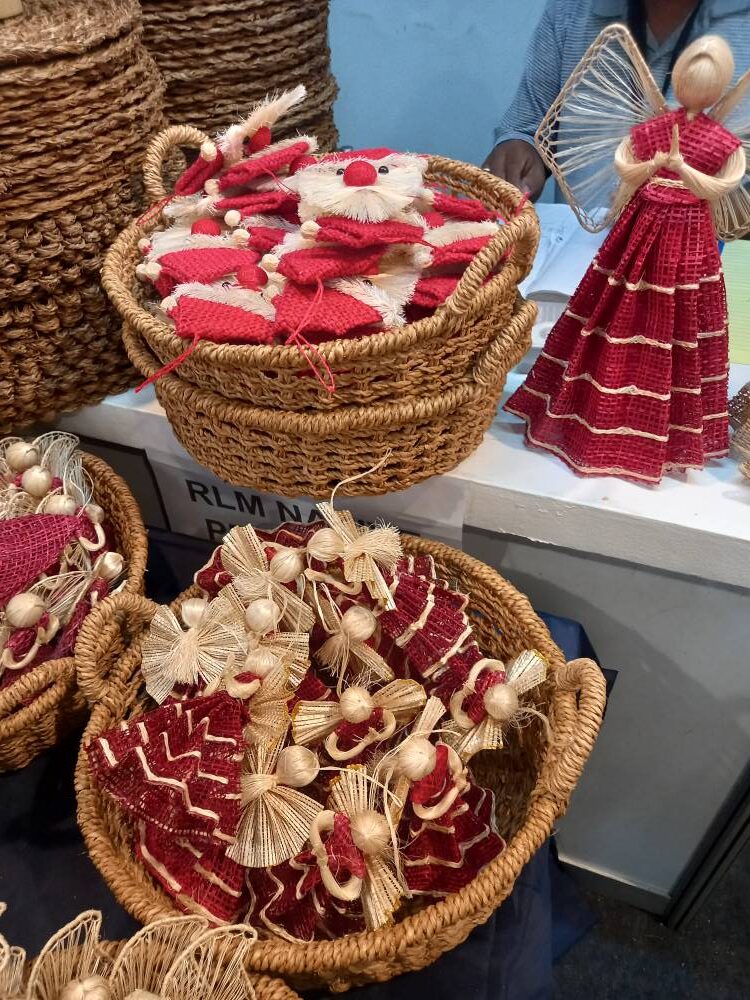
It’s the start of the “ber” months, which means, to Filipinos, Christmas is just around the corner. It also means getting ready for Christmas shopping, starting with Yuletide-themed decorations to spruce up the house.
“I have a client who puts up their decor exactly on Sept. 1 because they love celebrating—and extending—the Christmas season,” Tala Singson, a licensed interior designer, tells Lifestyle via email. “For the majority of households, they start right after Halloween. I think Filipinos like to observe All Souls/Saints Day and Halloween first.”
Shopping for Christmas decorations as early as September, or even August, has its advantages, Singson says. For starters, items can be purchased at lower prices, or at least more reasonable, than how much they will eventually cost in December.
Tabletop Christmas trees were selling for as low as P150 at the Department of Trade and Industry’s National Trade Fair last August. Tree ornaments, such as the ones made of abaca by Alcaldeza Native Products, had prices ranging from P25 (wreath, minimum purchase of 12 pieces) to P50 (hanging angel in red dress), P100 for three pieces (Santa Claus’ face or hat) and P200 (angel topper).
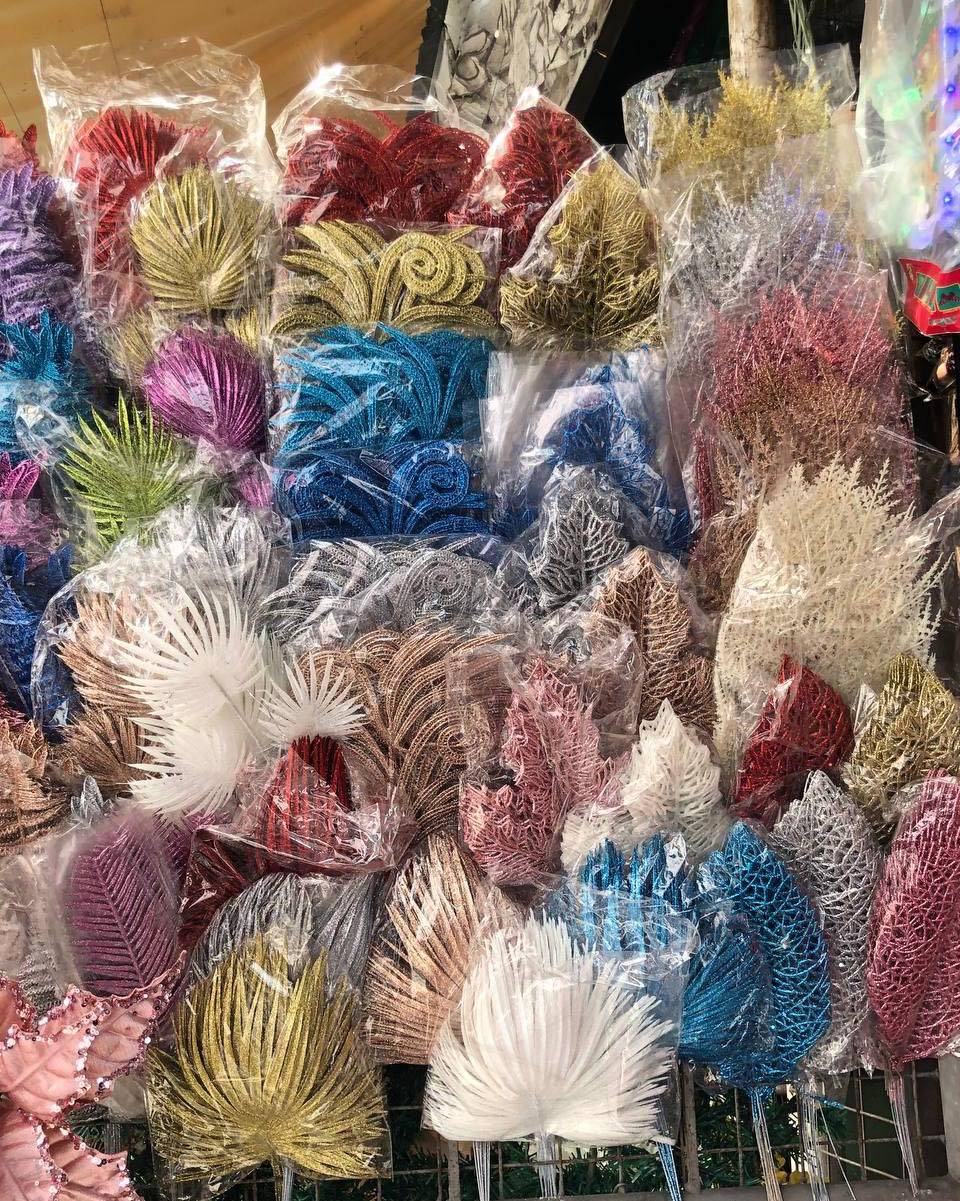
Another plus point in early shopping is, you can avoid the big crowds. This way, Singson points out, you become mindful of your purchases. You can also plan ahead and visualize how you will decorate your house. Ultimately, you will be able to experiment in many ways to express your own design style.
Personal preferences
On the other hand, Singson, who also works as an art gallery associate at Space Encounters Gallery in Ortigas, notes that early shopping has some disadvantages, too. You may, for example, be bogged down with limited options. That’s because the stores don’t typically come out with a full range of Yuletide products when they’re still offering Halloween items.
Another point to consider is how your personal preferences on Christmas decorations can change a month or so after completing your shopping list and already going into the holiday rush. When that happens, she says, you may be limited to purchasing from specialty stores and handicraft shops that mostly sell at a premium, or from online marketplaces that may not suffice your needs.
“Finding the sweet spot is crucial,” she points out, adding that it boils down to shopping early enough to avoid crowds and overpriced items but not too late that newer options are already available in the market.
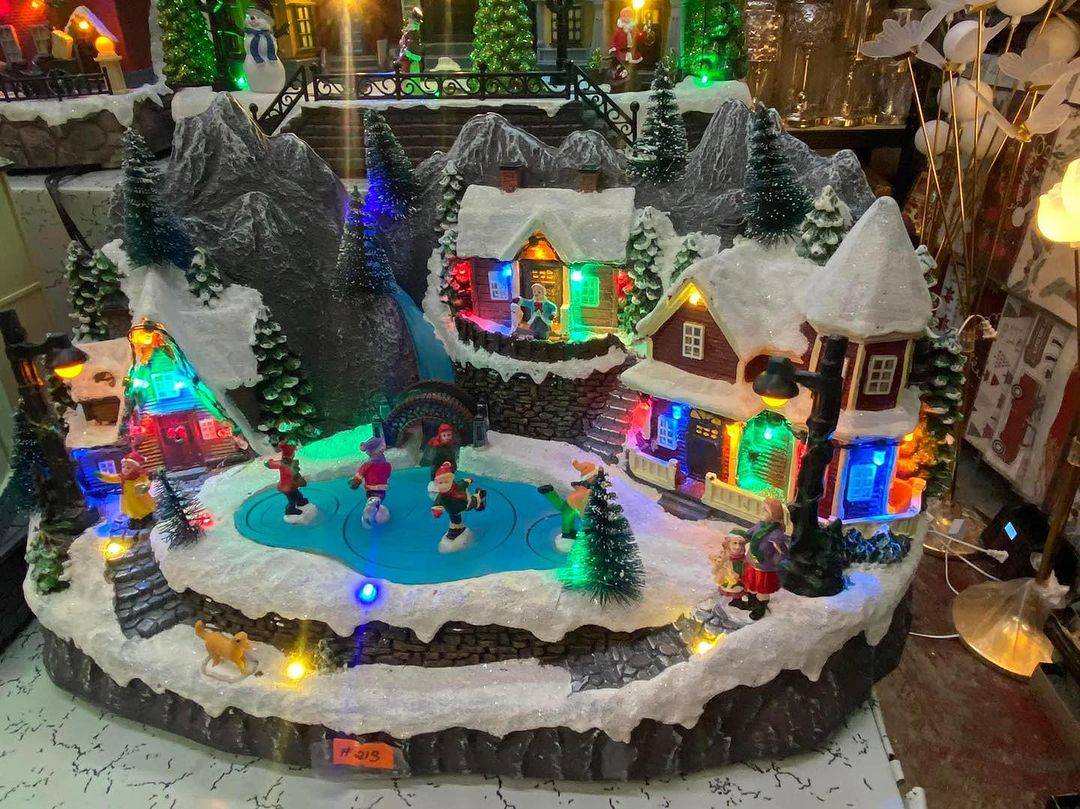
In buying Christmas decorations, Singson suggests following the 90/10 rule: “Choose ones that are in the classic/traditional style 90 percent of the time. Those pieces serve as the foundation that can be used and reused every holiday season. The remaining 10 percent is for you to have room to explore and experiment with new accents, trends, colors, textures and materials.” She also suggests buying in pairs as decorative pieces are easier to style with a symmetrical arrangement.
At the same time, she recommends limiting your purchases and instead take time to sift through your items in the storage. Maybe you can find new ways to present and install them around your house. The old wreath displayed on the wall last year, for instance, can be made into a centerpiece for the dining table this year.
“If people need to buy new decor,” she says, “I suggest that they invest in table/floor/wall lamps and warm lights instead of ornaments. Lighting can change the mood of a space immediately, and they do not gather as much dust as ornaments do. New throw pillows, place mats and table runners can also become Christmas decorations that you can still use throughout the year.”
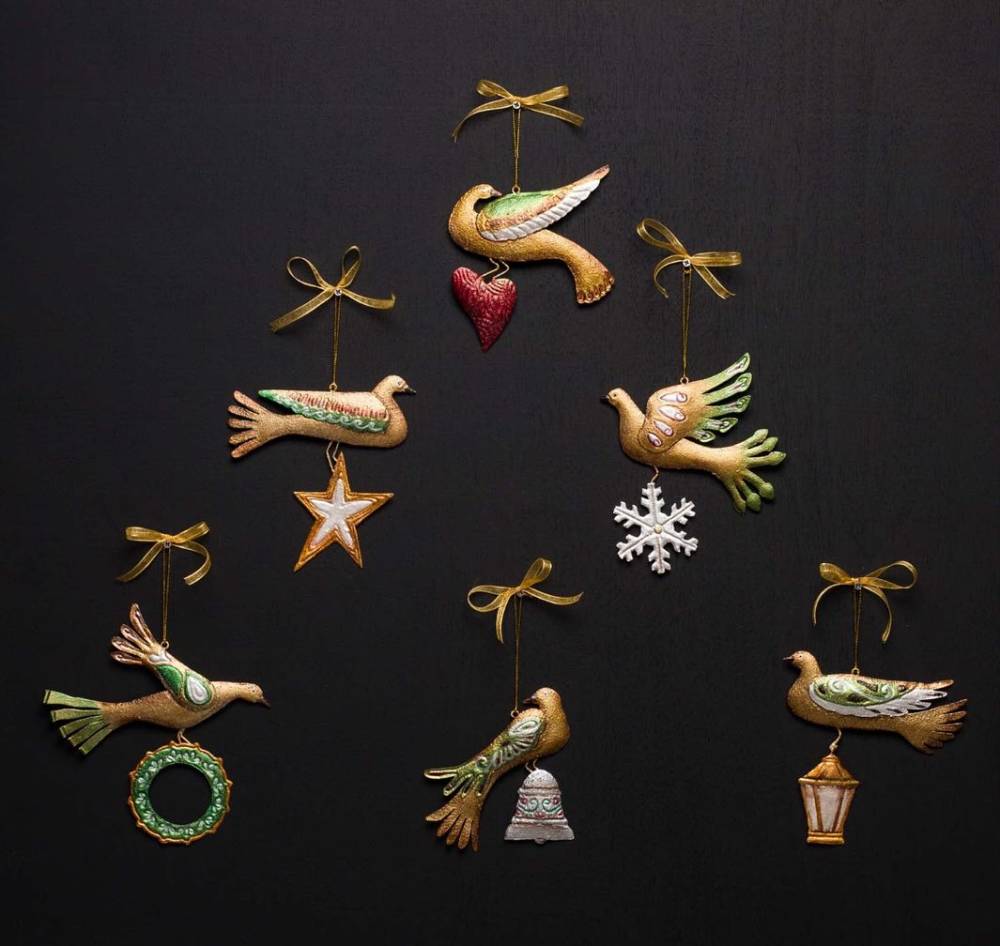
Honoring traditions
Singson, who once worked as style editor for a magazine, observes that trends emerge every year, like the time the “rustic” look became popular. But she sees them more as “micro-trends” because they’re usually “small scale and short-lived by-products of the popular interior home styles for that year.” So she still believes that the traditional style of decorations will always be on trend since Christmas is truly a time to honor traditions.
She mentions a few shops to check out for unique finds, such as Dapitan Arcade in Quezon City, Chrysara Nest in Mandaluyong City and The Olive Tree in Marikina City.
Dapitan Arcade (@dapitanarcadeonline on Instagram) is popular among shoppers who look for a variety of products, from furniture to houseware and home décor to craft items. It sells a selection of synthetic Christmas trees, starting at 5 feet (P3,500) and all the way to 8 feet (P6,500). Christmas fillers are sold between P350 and P450 per pack. An interesting piece like the Christmas skating village costs P5,500.
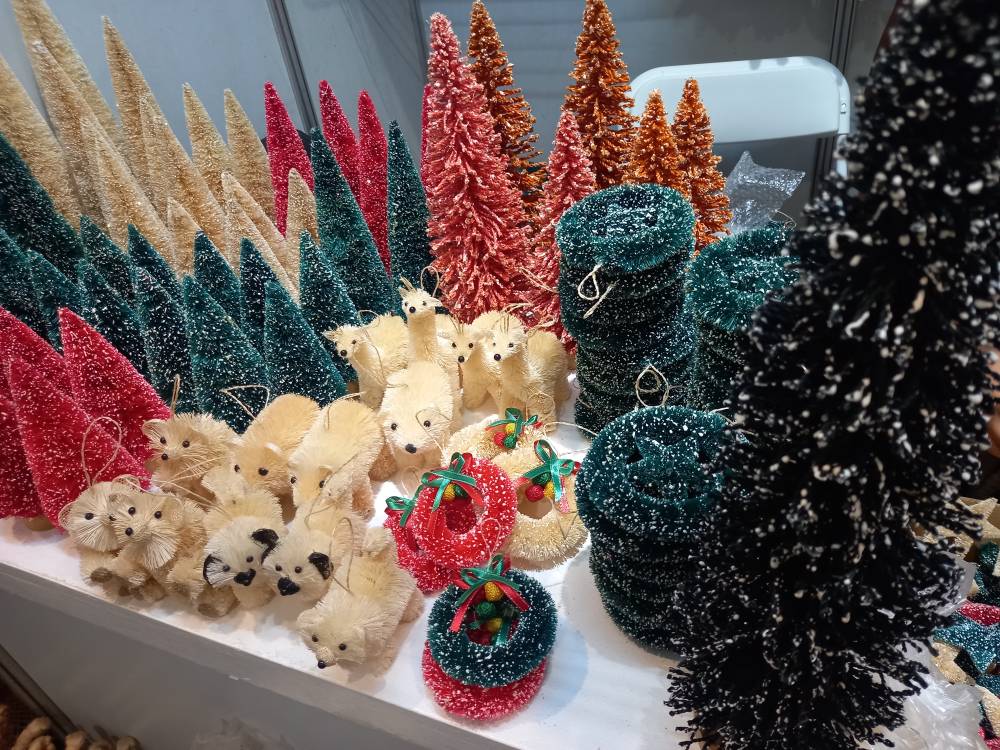
Chrysara Nest (@chrysaranest on Instagram) prides itself in selling “beautifully handcrafted home décor, interior accessories, small furniture and fine giftware from the Philippines.” Samples include a line of tree ornaments that feature a dove (P700), an angel (P800) and a cherub riding a dove (P900).
Meanwhile, The Olive Tree (@theolivetree_ on Instagram) offers “fine bespoke line and curious prints,” including those with a Christmas theme.
When decorating, Singson gives these tips: Add light sources on the walls and floors or tables, and experiment with mood lighting. Use throw pillow covers, place mats, napkins and similar items that don’t necessarily have Christmas-themed designs, but are just as festive, happy and colorful.
“Challenge yourself and explore unconventional ways to arrange décor,” she says. Her suggestions: Christmas balls can be placed in cylindrical glass vases with different heights and placed as centerpiece instead of on the tree. Use a neutral color palette. Or maybe even try a “naked” or undecorated Christmas tree.







